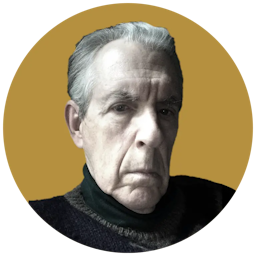Civil War Research Uncovering Just How Deeply Our House Was Divided
What is most surprising in a new book about the 14 Black men who served as surgeons in the Civil War is the reactions of the whites who refused to work beside them.

‘The Burning Land’
By David O. Stewart
Knox Press, 336 pages
Please check your email.
A verification code has been sent to
Didn't get a code? Click to resend.
To continue reading, please select:
Enter your email to read for FREE
Get 1 FREE article
Join the Sun for a PENNY A DAY
$0.01/day for 60 days
Cancel anytime
100% ad free experience
Unlimited article and commenting access
Full annual dues ($120) billed after 60 days

